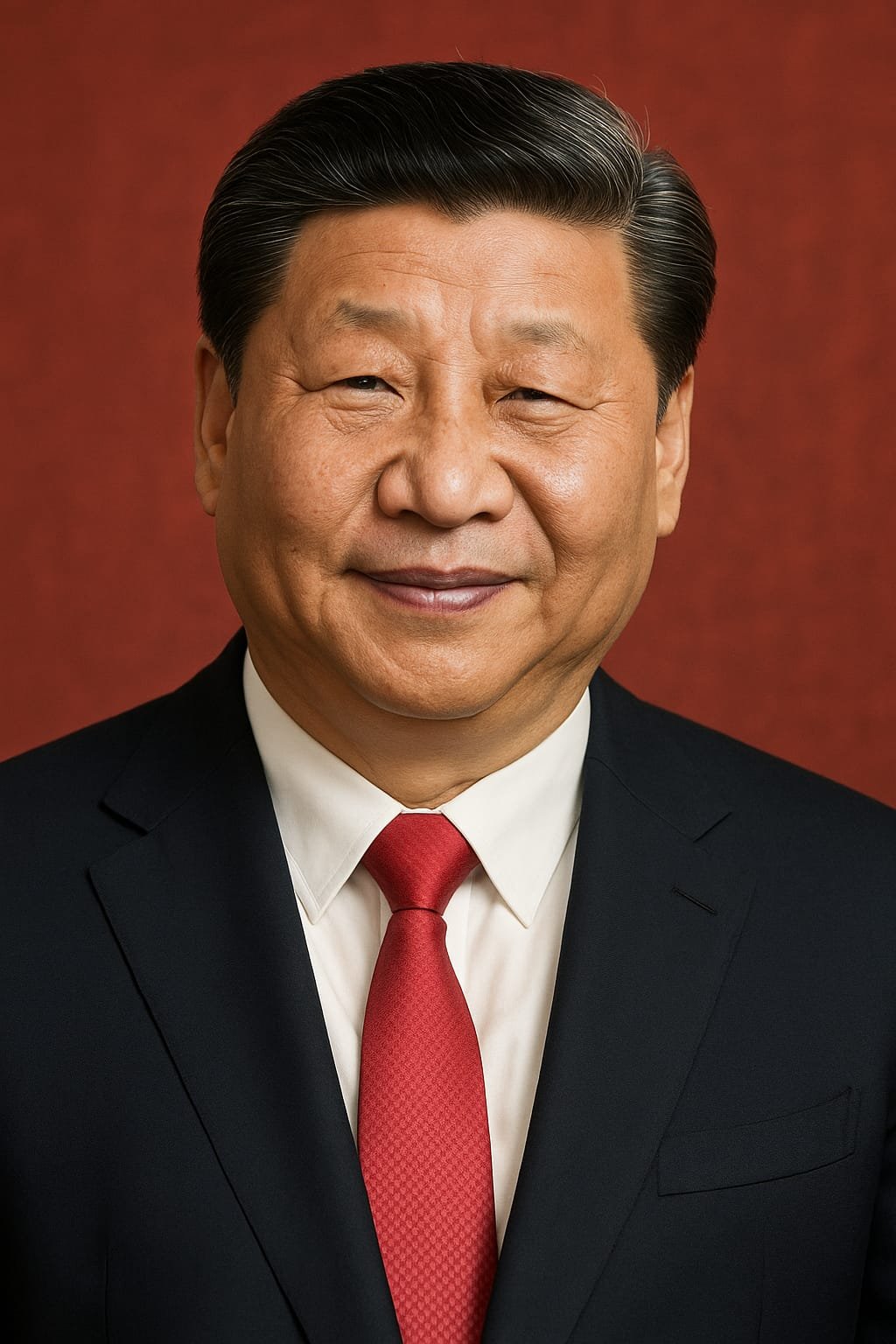In the shadowed valleys and war-torn plains of Syria, the earth groans beneath the weight of prolonged suffering, and its people echo cries of despair. Here is a nation whose plight unfolds as a grim epic of modern times, an unfolding tragedy where peace seems elusive, and the machinations of powerful players muddy the waters of resolution. Let us traverse this narrative, peering into its origins, present turmoil, and glimmers—if faint—of hope for the future.
The Syrian crisis, rooted in the heady days of 2011’s Arab Spring, emerged as a tableau of aspiration and despair. Citizens, emboldened by democratic uprisings across the Arab world, took to the streets, their voices a symphony of hope against decades of autocratic rule under the Assad family. But their dreams collided with the iron fist of a regime determined to cling to power. What began as a demand for change devolved into an internecine conflict, a kaleidoscope of factions and motives, where unity of purpose dissolved into chaos.
This fractured rebellion drew into its vortex the heavy hands of foreign powers, turning Syria into a chessboard of geopolitical maneuvering. Assad found steadfast allies in Russia and Iran, their support an unwavering testament to strategic interests cloaked in ideological garb. Meanwhile, opposition forces splintered, their ranks swelled by foreign patrons like Turkey, Gulf states, and the United States, each with their agendas. The void left by this fray birthed an even darker specter—ISIS—whose shadow threatened not only Syria but the global order.
In this theater of ceaseless strife, the recent rebel resurgence in Aleppo marks yet another chapter. A coalition, freshly minted and buoyed by opportunity, has wrested control of a city whose fall reverberates as a seismic shift in the stalemate. Assad’s forces, stretched thin by allies entangled in distant conflicts, falter against this renewed offensive. Aleppo, once a jewel of culture and commerce, now stands as a testament to resilience and ruin.
For the people of Syria, the cost is counted not in territory but in lives shattered. Over 300,000 souls lost, millions displaced, cities reduced to rubble, and the specter of famine and poverty haunt the living. The 2023 earthquake was a cruel twist, adding nature’s wrath to the litany of woes. The international community, bearing witness to this calamity, has faltered in its response, hampered by political divisions and inertia.
The United Nations, a beacon of diplomacy, has struggled to illuminate the path to peace. Divided councils and competing interests among its powerful members have rendered its efforts anemic. The Geneva talks, heralded as a step towards reconciliation, have become a mausoleum of missed opportunities, a testament to the paralysis of global governance in the face of human catastrophe.
And yet, the threads of hope are not entirely severed. Syria’s resilience is etched in the survival of its people, in the fragments of normalcy they cling to amidst despair. A just and lasting peace would demand not merely a cessation of arms but the rebuilding of a shattered society—a reconciliation of diverse voices, the reconstruction of obliterated infrastructure, and an unwavering commitment to humanitarian aid.
The world cannot afford to look away, for Syria’s pain is not confined within its borders. It spills over as waves of refugees, as a breeding ground for extremism, as a disruption to the delicate balances of global trade and security. It is a mirror reflecting the inadequacies of our shared humanity, a call to arms—not for war, but for collective action.
In the immortal words of Dickens, perhaps it is both the best and worst of times, a season of darkness and a spring of hope. For Syria, the road ahead is arduous, yet the destination—a nation reborn from its ashes—remains a vision worth striving for.


.jpeg)



.jpeg)






.jpeg)







